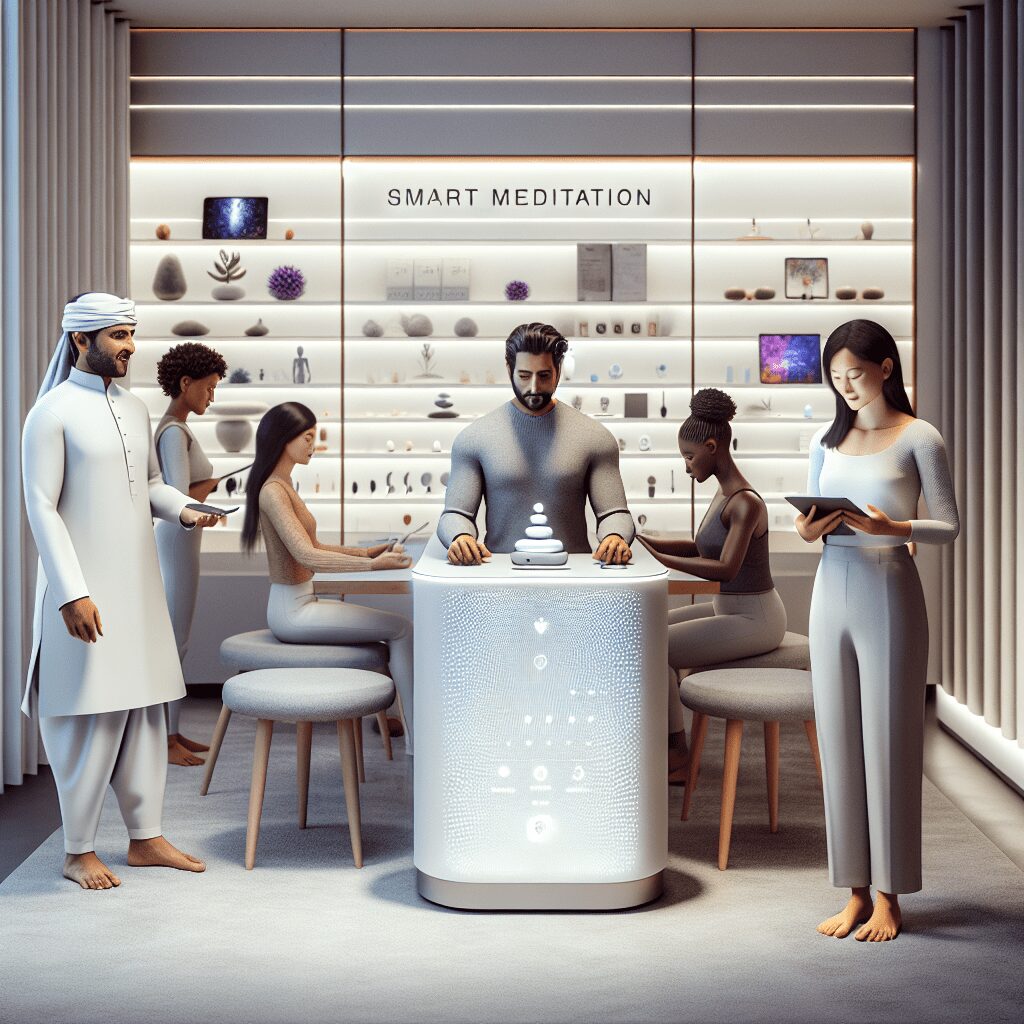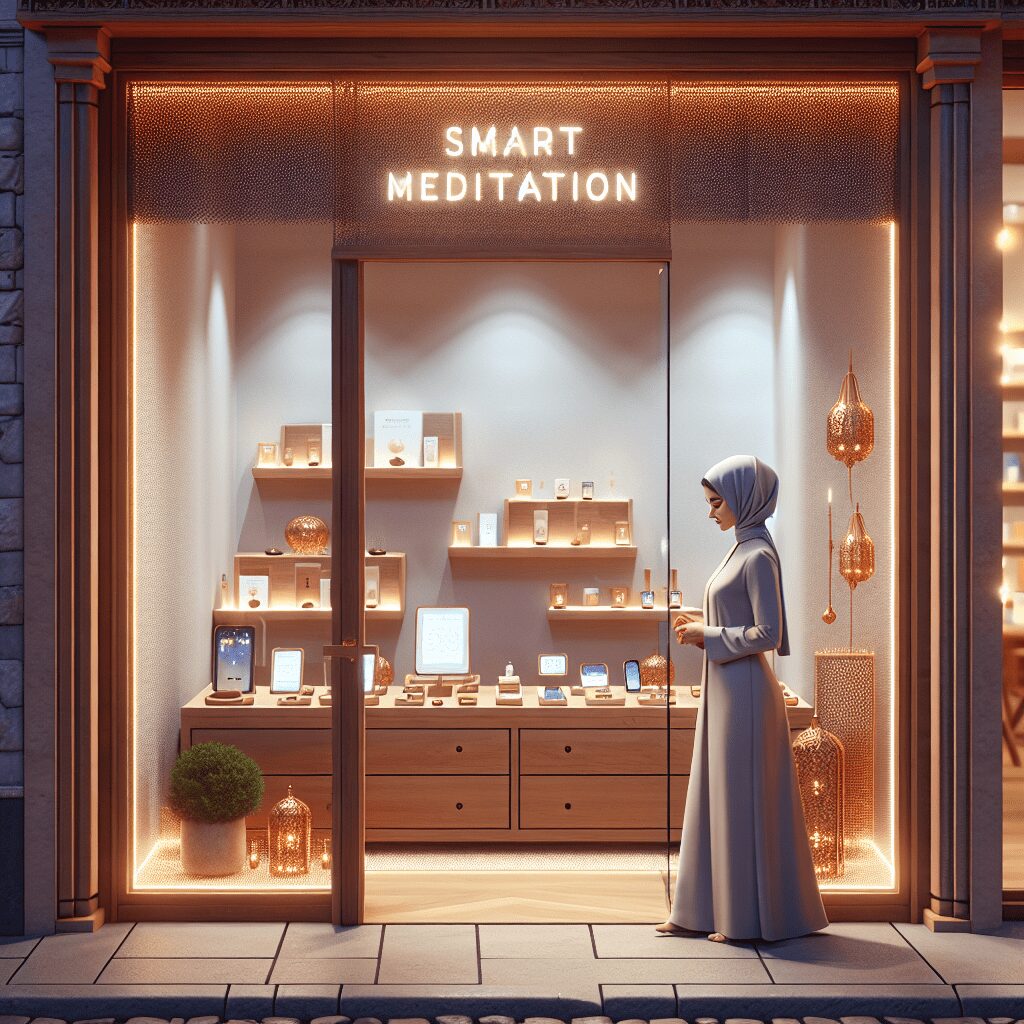
Prioritize your mental well-being daily. Enhance your life by nurturing your mental health with the Smart Meditation app. Break free from stress, alleviate anxiety, and enhance your sleep quality starting today.
Does Xanax Cause Eye Pressure?
Unraveling the Mystery: Does Xanax Influence Eye Pressure?
In the whirlwind world of pharmaceuticals, Xanax (a brand name for Alprazolam) stands out as a beacon for those battling anxiety and panic disorders. However, amidst its calming waves, a question often surfaces – does Xanax have a dark side, particularly when it comes to eye pressure? Let’s dive deep into the ocean of facts and shed light on this intriguing matter.
The Eye Pressure Conundrum
Glaucoma, a condition often synonymous with eye pressure, involves the damage to the optic nerve, principally due to elevated intraocular pressure (IOP). The connection between Xanax and eye pressure primarily hinges on this condition.
But here’s the kicker: Xanax, belonging to the class of benzodiazepines, is primarily a central nervous system (CNS) depressant. It works by enhancing the effects of a specific natural chemical in the body (GABA), thus aiding in the reduction of nervous tension (anxiety). However, when it comes to its impact on eye pressure, the waters are somewhat murky.
Sifting Fact from Fiction
Debunking Myths
First off, let’s tackle the elephant in the room – the widespread myth that Xanax directly leads to an increase in eye pressure. Contrary to popular belief, and according to the bulk of scientific literature, Xanax boasts no direct mechanism that spikes intraocular pressure. In simpler terms, if you’re popping Xanax under doctor’s orders, you’re unlikely to witness your eye pressure shooting through the roof as a direct consequence.
A Closer Look at the Evidence
However, don’t throw caution to the wind just yet. While direct causation is off the table, the interaction between Xanax and eye pressure isn’t entirely a closed book. Certain studies hint that benzodiazepines might have a negligible effect on IOP, potentially lowering it slightly or leaving it unchanged. The plot thickens, though, for individuals with pre-existing glaucoma, especially narrow-angle glaucoma. For these folks, caution is the name of the game, as CNS depressants could potentially trigger an acute glaucoma attack, albeit indirectly.
Practical Considerations and Safe Practices
So, what’s the takeaway for the millions leaning on Xanax to navigate the tumultuous seas of anxiety and panic disorders? Here’s a rundown:
- Communication is Key: Always keep the lines of communication open with your healthcare provider, particularly if you’ve got a history of eye conditions like glaucoma.
- Regular Check-Ups: If Xanax is a fixture in your medicinal arsenal, regular eye exams to monitor your IOP could offer peace of mind and early detection of any anomalies.
- Know Thy Medicine: Understanding the potential side effects and interactions of any medication, including Xanax, is crucial. Forewarned is forearmed, as they say.
In Summary
Wrapping up, while Xanax doesn’t directly moonlight as a villain in the narrative of eye pressure, it merits a cautious approach, especially for individuals with a backstory of glaucoma. In the grand scheme of things, staying informed, vigilant, and in constant dialogue with your doctor will steer you clear of troubled waters, ensuring that your journey with Xanax remains as smooth and beneficial as intended. Remember, while navigating the sea of mental health, keeping an eye on the compass of comprehensive well-being is paramount.




